Klimbim – A World in colours
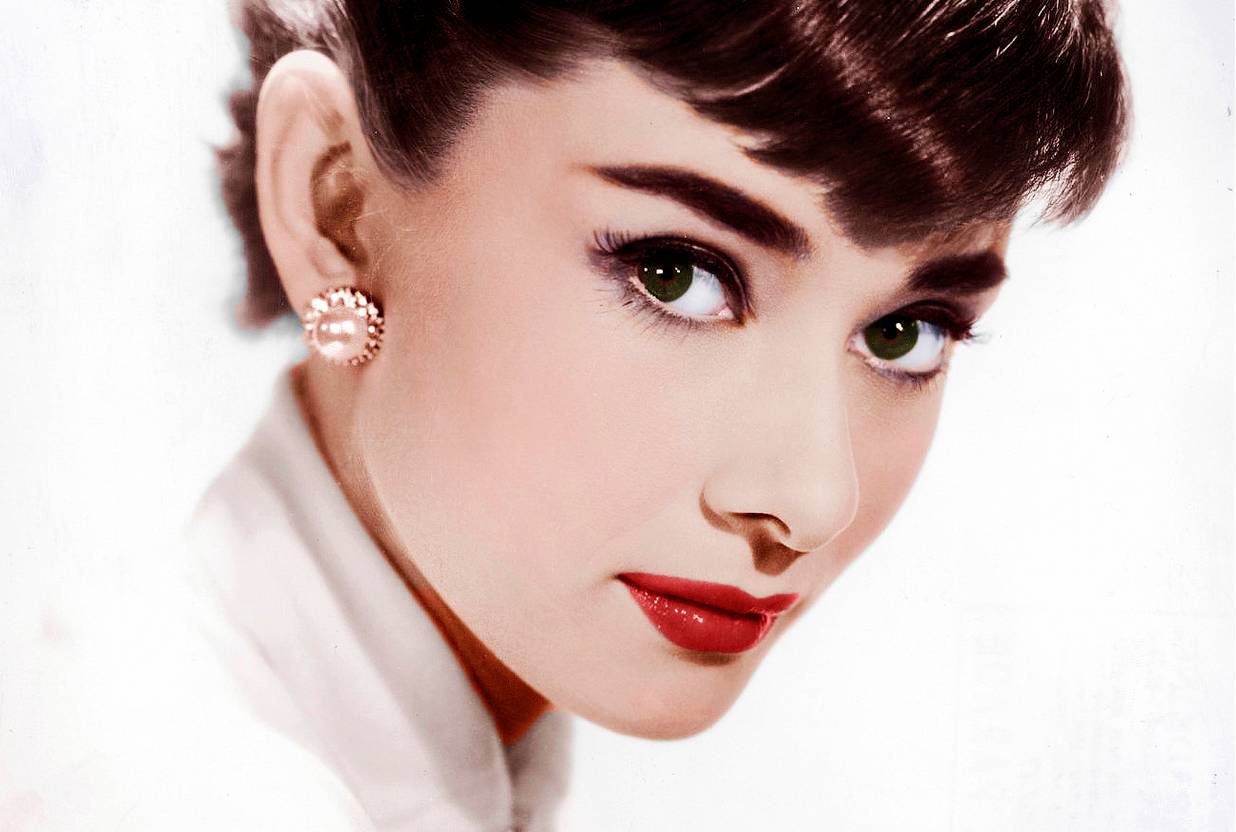
It is easy to take the world of pictures for granted today. Colour images are taken and disposed of with the blink of an eye, and whatever photo we take with our mobile devices, can just as easily be edited into what we might assume to be the perfect work of art.
But what about those pictures that were taken before our current technology? Sure, they have a dynamic sense of danger or classicism clinging to it, but when looking at old black and white frames, a psychological barrier between the moment in the picture, and what you want to feel and experience, comes into play.
This is where Olga Shirnina comes in. If you were in need of a bit of colour in your photos, then Olga would be the person who would come to your rescue. Living and working in Moscow, she spends most of her time in front of a computer, as a Russian translator for the German langue, and was kind enough to grant us an interview.
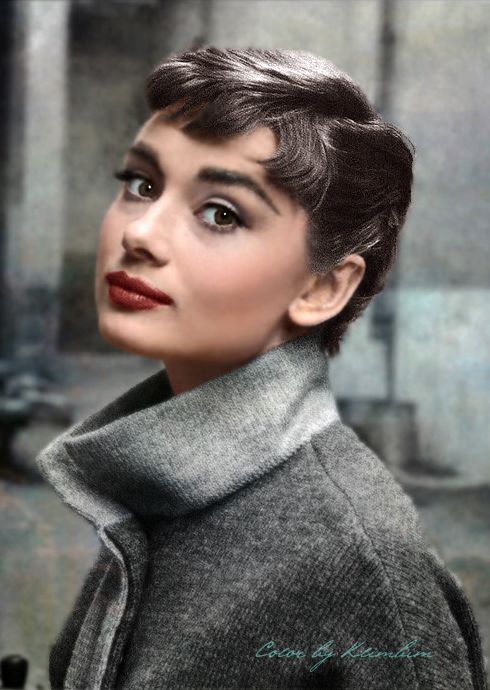
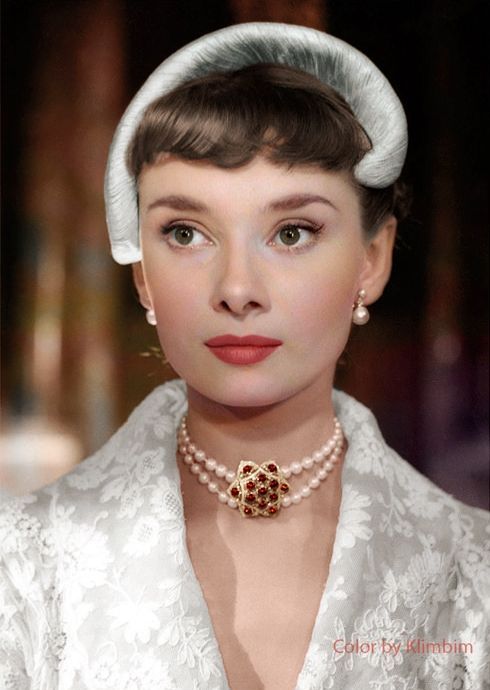
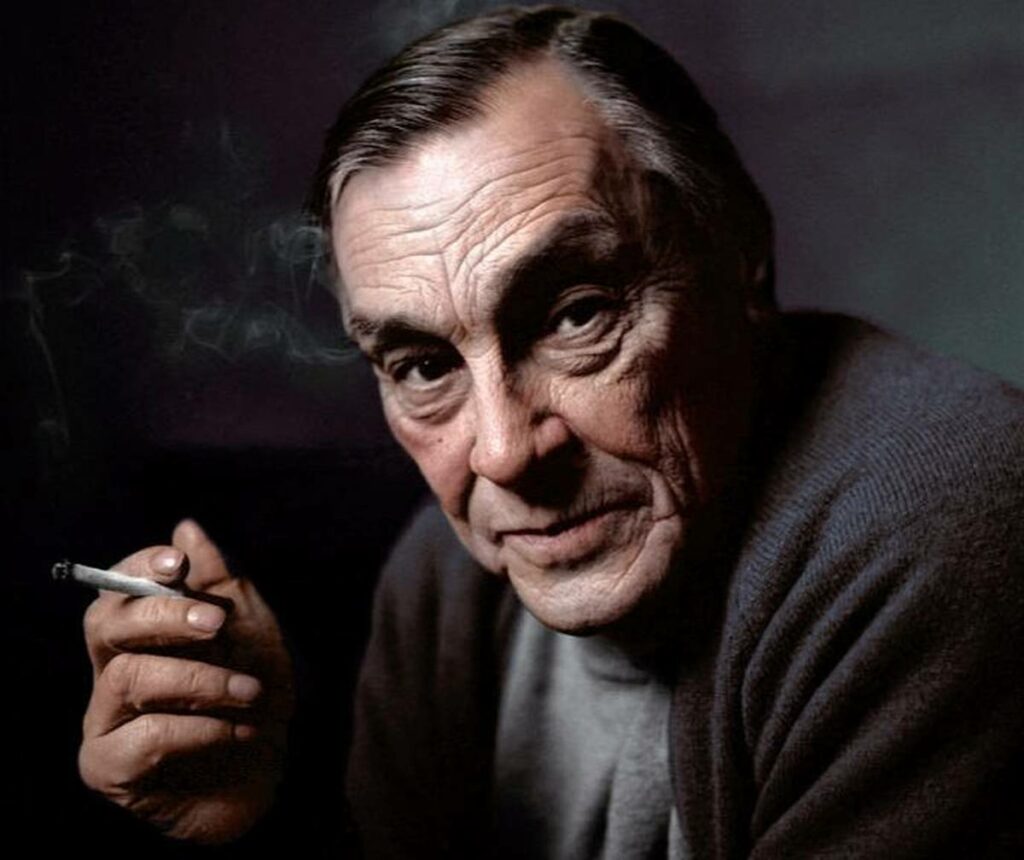
How long have you been colourizing pictures?
My first work in colouring was back in 2011, and at that time, I had no idea that it could be a business. I am a translator by occupation, and so in 2012, I received a book on colour theory that needed to be translated. If you ask me, I think it was a sign, nudging me in the direction of this kind of work. It helped me tremendously to structure my knowledge about colours and I learned a lot about colour combinations, complementary colours and so forth. Naturally, I wanted to put it all in practice, and so I gradually grew into it.
Are your client predominantly Russian or do you work on an international basis as well?
For a long time, I had clients from all over the world but Russia! Initially, I posted my colourings on Russian sites but was subsequently heavily criticized and received tons of negative feedback. Part of the reason for this was, the fact that I colourized pictures from Russian history and there are plenty of experts who were eager to find mistakes in uniforms, weapons etc. Art lovers also frowned upon the idea, in their own opinions exclaiming how tasteless the work was.
It then only made sense to me, to post colourized images elsewhere.
A young Romanian gentleman convinced me to publish a website and a Facebook page with my colourings and was, even so, kind as to set it up for me. This led me to receive some interesting commissions, such as the cover of the last book of Paulo Coelho about Mata Hari. I also had some deals with Russian publishers but the experience was not always positive.
Do you have a special interest in history or more toward the form of arts and visual expressions?
Both. Russian history fascinates me. It is full of dramatic, cataclysmic events, which not only had an impact on the history of the country but also on the rest of the world. I regret to say that many people have an unbalanced view and understanding of Russia. Sometimes a picture can say more than many words are able to, and it gives me great pleasure to add to people’s knowledge and learn about Russia, through my work in colourings.
I also find it interesting to work with colours, achieving different effects or copying the manner of great painters of the past.
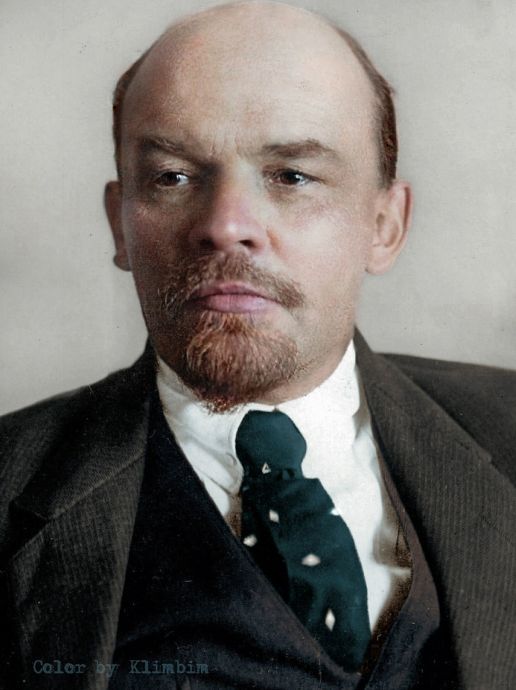
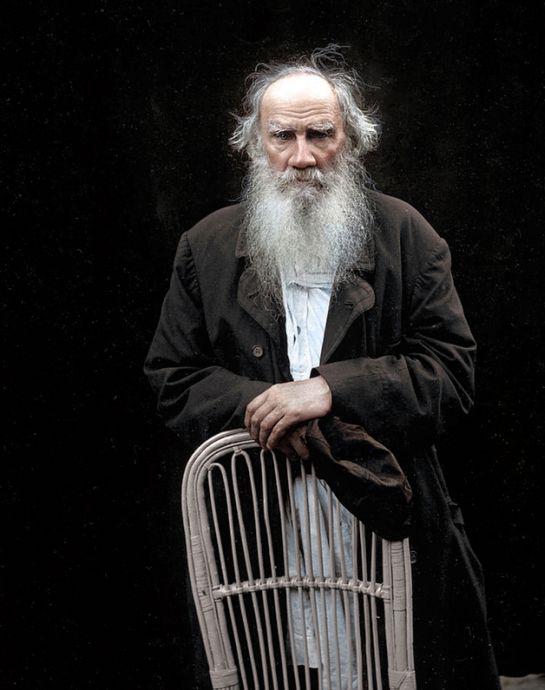
What do you enjoy most about the work you do?
There is a magic moment when you put colour on the black-and-white face and suddenly the person on the photo comes alive. Sometimes it is even a little terrifying when he or she looks direct into your eyes and seems to follow your movements.
Which is your favourite picture you have worked on?
It is hard to say. I think many colourists would agree that very often an image you have worked on for hours and you like a lot, people just ignore. Like my colouring of the Russian ballerina Tamara Karsavina. I found the drawing of Leon Bakst with all the original colours of her costume and transferred them unto the black and white image. I was satisfied with the result but the colouring was not popular at all!
Which was the most difficult picture you have worked on?
Pictures with lots of details, interiors and landscapes are not easy to work on. I like portraits and sometimes when I see that the person on the image looks “alive,” I’ll do other details in a less careful manner. I am still learning, however, and hope that someday I will manage to reach a standard of perfection.
Do you think all pictures should be colourised or are there those that have greater value in black and white?
Black and white images are and remain a piece of history but the world was never monochrome even during the war. On top of that, it remains interesting to imagine how it was many years ago, and what historical figures whom we know from books or articles looked like. They were also flesh and blood like ourselves. Colour removes the time barrier between now and then or at least makes the moment captured, more transparent.
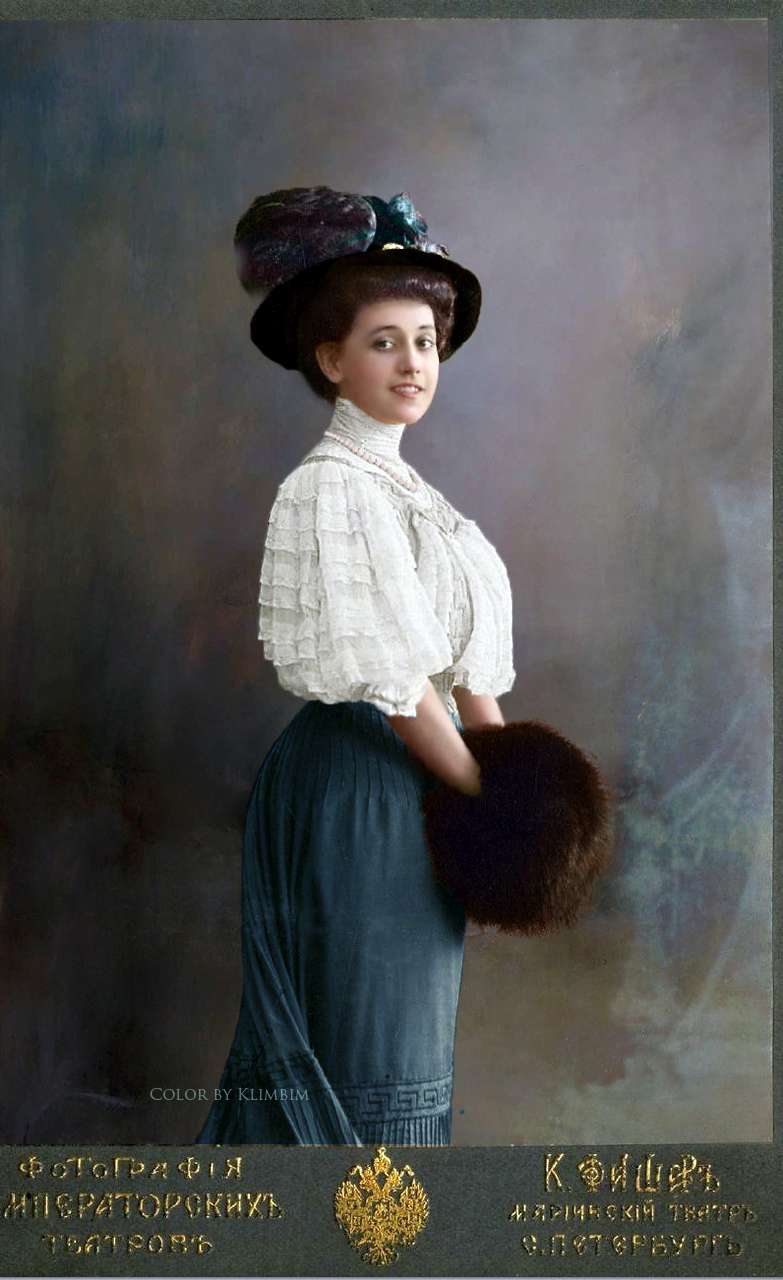
Do you do a lot of research on a picture when you give it colour?
Yes, of course, I do. Eye colour, uniforms, medals, and colours that were ‘fashionable’ at the time and many other factors. Andrey Malov, an expert in uniforms, has helped me a lot during the past few years. He, for example, pointed out that Nicholas II in the famous photo with his family from 1913 wears a crimson shirt, and not green as many others and I myself originally thought. He wore the uniform of the Life-Guards of the 4th Imperial Family’s Rifle Regiment.
There are many interesting people among my followers. Some of them are experts in fields like history or aeroplanes and they often criticize my colourings but also help me in the process. I’ve learned so many facts and history, and I know it will continue in this fashion.
Do you prefer war pictures in particular?
Most colourists are men and they colourize war pictures. I saw that there were very few images containing the Red Army, and I decided to fill this gap. My first colourings, however, received loads of negative comments. Some even wrote, “Olga, stop your red propaganda!” In the beginning, this was a shock to me but now I colourize war photos and look with nonchalance at toxic comments.
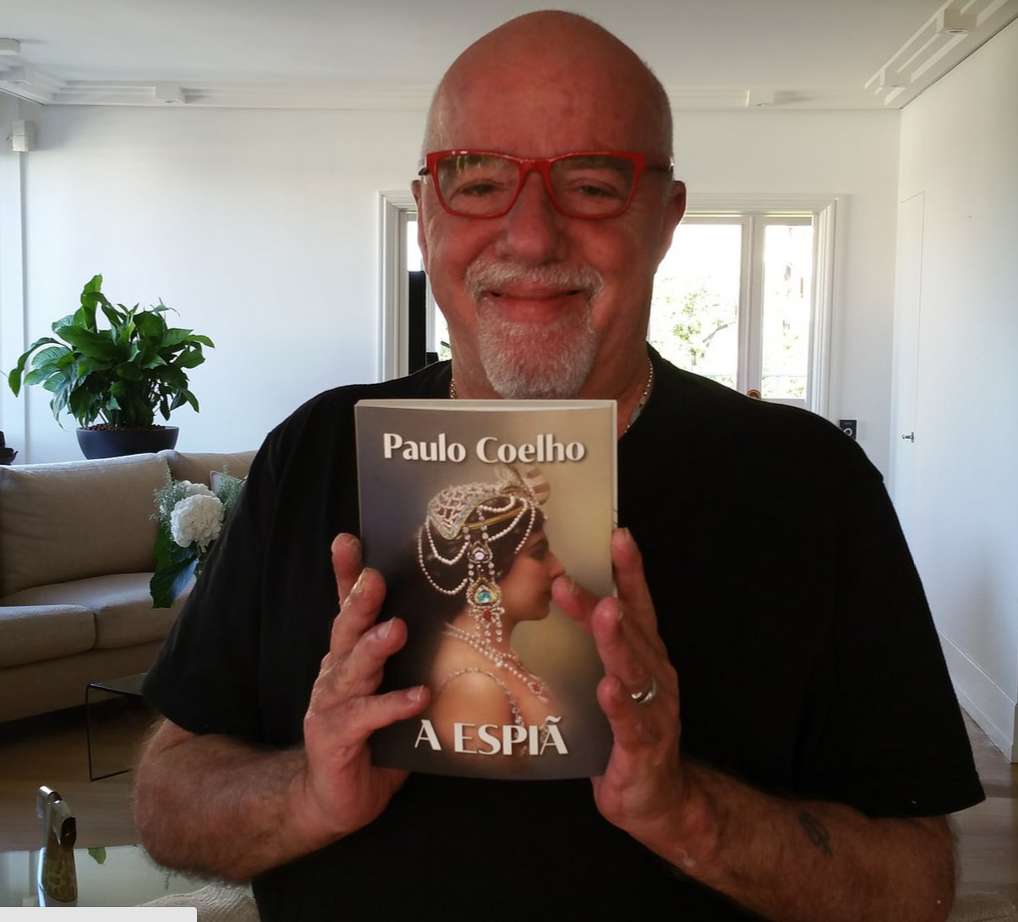
Credits
Visit Klimbim Website
Visit Klimbim on Facebook
Article by Snyman Rijkloff
Photographs supplied by Klimbim

